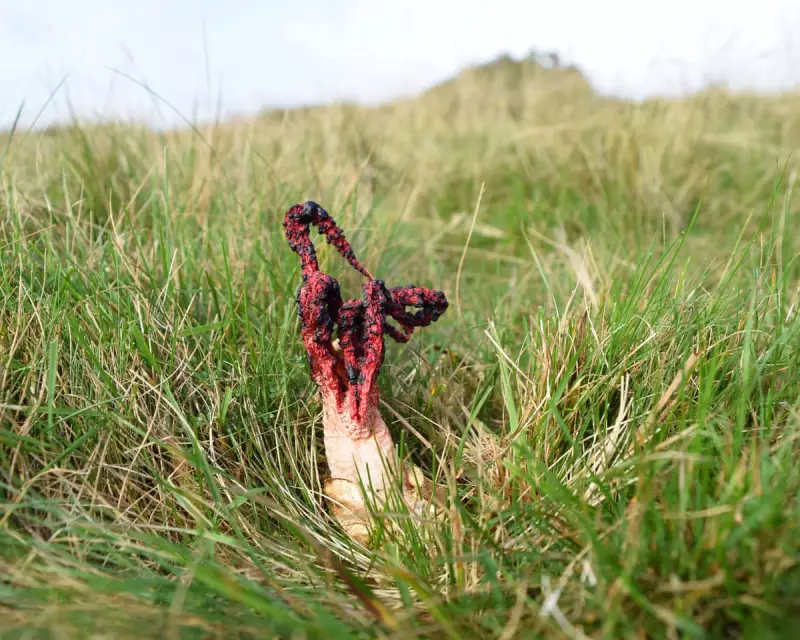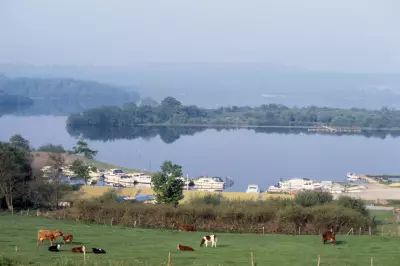
Walking through a British woodland recently, I stumbled upon a scene that looked more like something from a horror film than a peaceful nature reserve. There, nestled among the leaf litter, was one of nature's most bizarre creations: the Devil's Fingers fungus.
An Alien Invasion in British Woodlands
The Devil's Fingers, scientifically known as Clathrus archeri, presents an almost supernatural appearance. When it first emerges from its egg-like sac, it resembles something truly otherworldly - pale, spindly fingers slowly unfurling as if reaching up from the earth itself.
This extraordinary fungus transforms from what looks like a witch's egg into a star-shaped creature with four to seven elongated, finger-like arms. The mature specimen takes on a startling reddish-pink hue, making it even more eye-catching against the muted tones of the forest floor.
The Stench of Decay
But it's not just the appearance that makes this fungus remarkable. Approach too closely and you'll be met with an overwhelming odour that's been variously described as:
- The stench of rotting flesh
- Putrefying meat
- Foul, corpse-like smells
This revolting scent serves a crucial purpose in the fungus's reproductive strategy. The smell, combined with its flesh-like colour, attracts flies and other insects that help spread its spores to new locations.
A Global Traveller Taking Root in Britain
Originally from Australia and New Zealand, the Devil's Fingers fungus has successfully established itself across the British countryside. It particularly favours:
- Woodchip mulches in gardens and parks
- Deciduous woodland areas
- Areas with rich, moist soil
Despite its sinister appearance and foul odour, this fascinating organism is completely harmless to humans and represents just one of nature's many incredible adaptations for survival.
Nature's Macabre Marvel
Encountering the Devil's Fingers in a British woodland serves as a powerful reminder of nature's endless capacity for surprise. Here is an organism that looks like it belongs in a nightmare rather than our local forests, yet it plays its own unique role in the ecosystem.
The next time you're walking through a woodland after rain, keep your eyes peeled for this extraordinary fungus - but perhaps don't get too close unless you're prepared for nature's most pungent perfume.





